Ever noticed the smooth, perfectly finished edges on a neckline or sleeve? That’s bias tape working quietly behind the scenes. Bias tape is the unsung hero of clean garment finishing — a simple strip of fabric that holds everything together, quite literally. In a world obsessed with design and color, this humble tape ensures the inside of your clothes looks as good as the outside.
Table Of Contents
What Is Bias Tape?
Bias tape is a narrow strip of fabric cut diagonally, at a 45° angle to the fabric’s weave. This diagonal cut gives it stretch and flexibility, allowing it to curve around armholes, necklines, or any tricky seam. The tape is folded and pressed so its raw edges stay hidden when sewn onto garments.
Types of Bias Tape
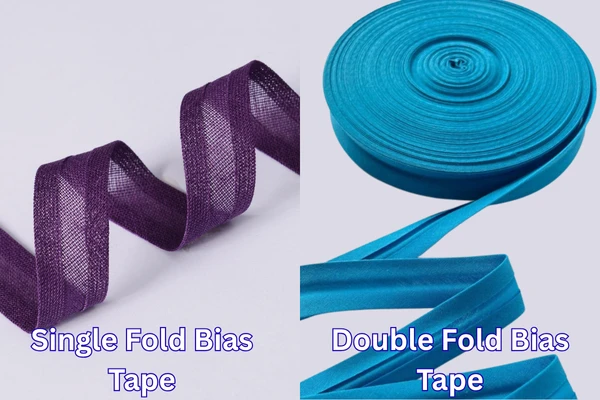
There are two main kinds:
- Single-fold bias tape – folded once on each edge. Commonly used for facing seams and hems.
- Double-fold bias tape – folded twice, hiding all raw edges. Perfect for visible trims and sturdy finishes.
Manufacturers often use cotton, polyester, or satin bias tape. According to a 2023 apparel finishing report, around 68% of garment factories prefer pre-folded polyester bias tape for its strength and smooth finish. You can buy it pre-made or make your own using a bias tape maker at home.
Advantages of Bias Tape in Garment Construction
Flexibility and Stretch Advantage
Because bias tape is cut on the bias, it stretches slightly without losing shape. This property makes it perfect for finishing curved areas like necklines or armholes. Straight-cut strips? They’d pucker or warp — a nightmare no tailor wants to see.
Clean and Professional Finishing
Bias tape binds raw fabric edges, preventing fraying. It hides seams neatly and adds durability. Even luxury brands rely on bias binding inside their garments — invisible but essential. Surveys show that over 80% of high-end apparel lines use bias-bound interiors for a premium look.
Decorative and Functional Uses
Who said functional can’t be beautiful? Designers use bias tape for decorative contrast edges, piping, or even color-block trims. In 2024’s Spring Fashion Week, over 30% of showcased garments used bias-bound finishes as visible design elements.
Common Applications of Bias Tape in Garments

Necklines and Armholes
Bias tape hugs curves easily, making it ideal for finishing neck and arm openings. It prevents stretching and maintains shape over time — especially on lightweight fabrics like chiffon or rayon.
Hems and Seam Binding
Instead of bulky turned hems, bias tape creates slim, flat finishes. Seam binding with bias tape strengthens seams — a trick commonly seen in sportswear and uniforms where endurance matters.
Decorative Trims and Edges
You’ll find colorful bias trims on aprons, kids’ clothes, and home textiles. It adds personality — that tiny pop of contrast that makes a plain piece stand out.
Bias Tape in Industrial Garment Production
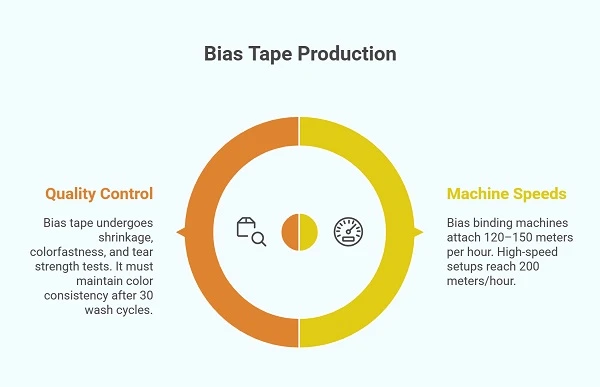
Machine Types and Speeds
Factories use bias binding machines that can attach up to 120–150 meters per hour. Some high-speed setups even reach 200 meters/hour when working on continuous binding operations in T-shirts or uniforms.
Quality Control and Testing
Every batch of bias tape undergoes shrinkage (±2%), colorfastness, and tear strength tests. A good bias tape must maintain color consistency even after 30 wash cycles — because faded edges ruin a good shirt’s reputation.
Final Thoughts
Bias tape might not get the spotlight, but it defines quality. It’s the difference between a garment that lasts and one that frays in the wash. Whether you’re sewing at home or producing apparel in bulk, bias tape adds polish, strength, and a sense of craftsmanship. After all, fashion isn’t just what’s seen — it’s what’s finished beautifully.
FAQs
1. Why is bias tape cut at a 45-degree angle?
Because the diagonal cut allows flexibility and stretch, making it easier to sew around curves.
2. Can bias tape be made from any fabric?
Yes, though lightweight woven fabrics like cotton or polyester blends work best for smooth folding and durability.
3. What’s the difference between bias binding and facing?
Bias binding wraps around the edge; facing turns inward and isn’t visible from the outside.
4. Is bias tape only used in apparel?
No! It’s also used in quilts, home décor, and craft projects where neat edges matter.
5. How do I prevent puckering when sewing bias tape?
Don’t pull it too tight. Let the fabric’s natural stretch guide you, and press between steps for smooth results.






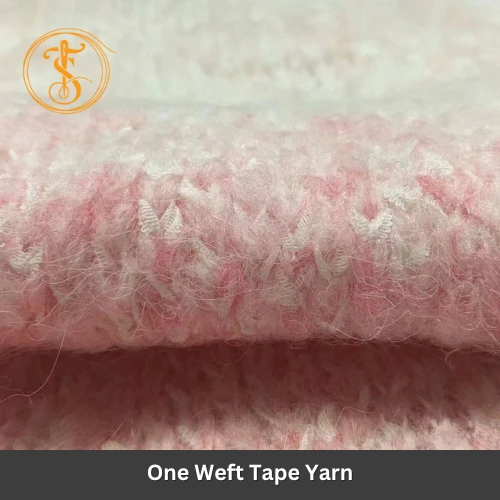
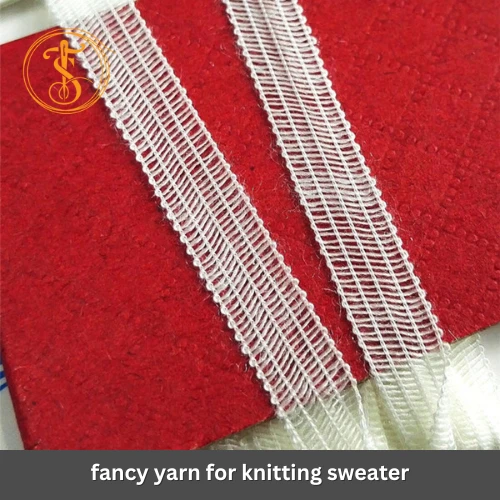
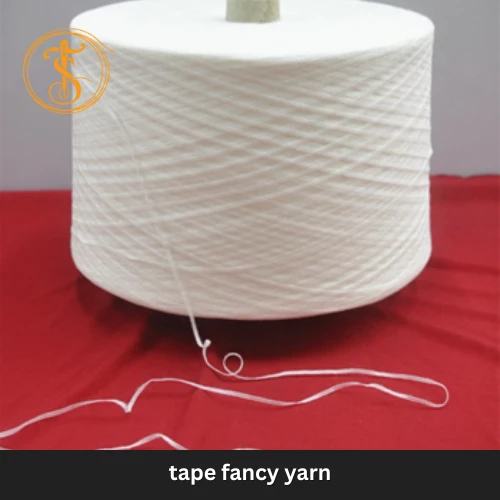
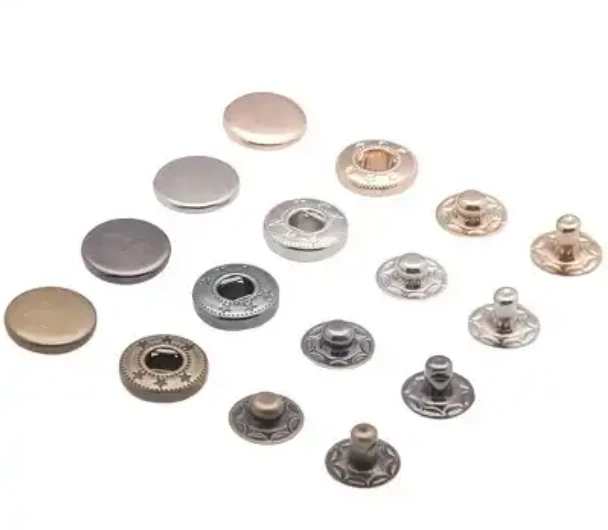
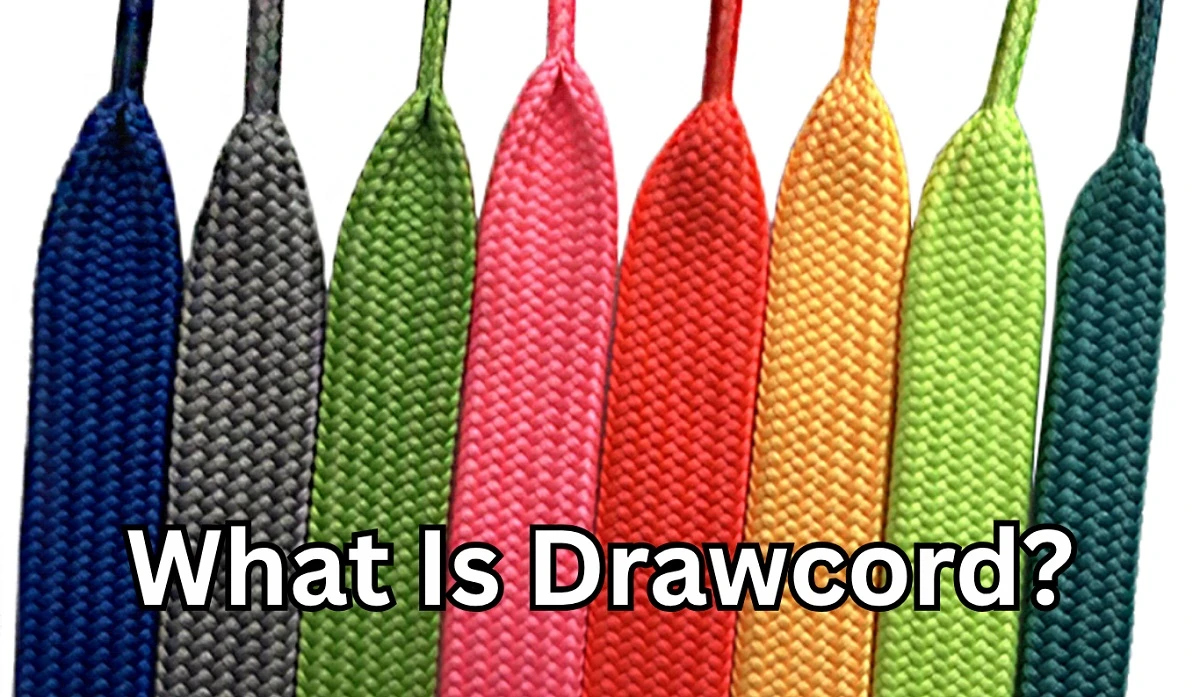
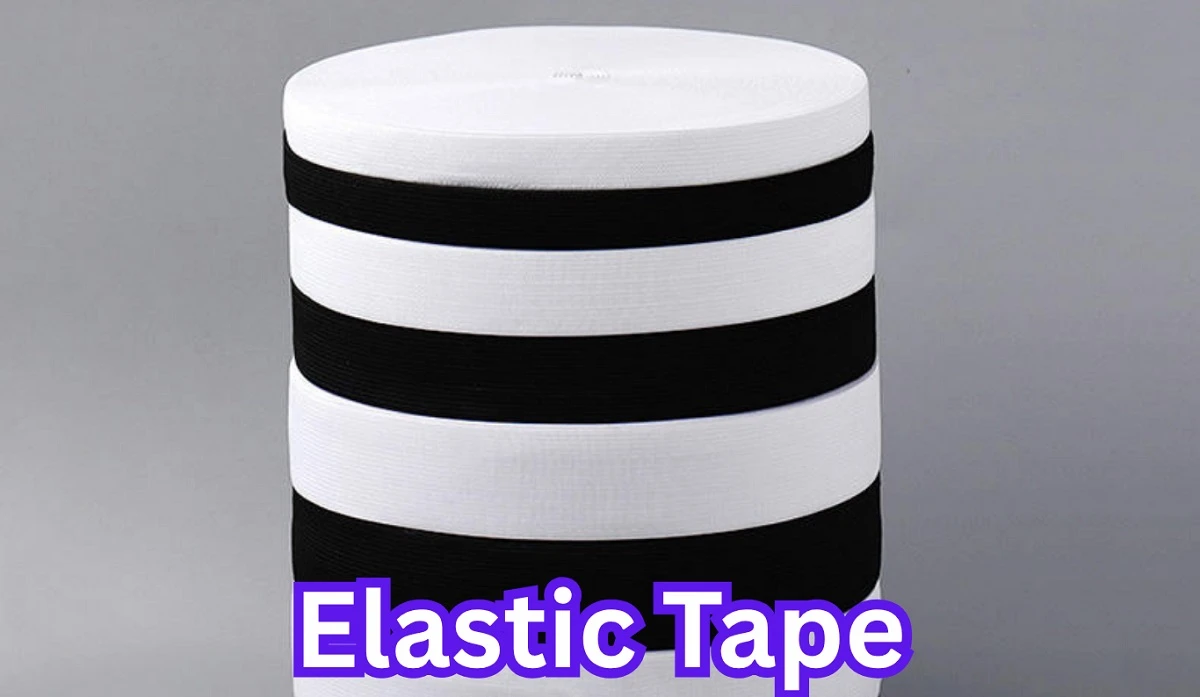
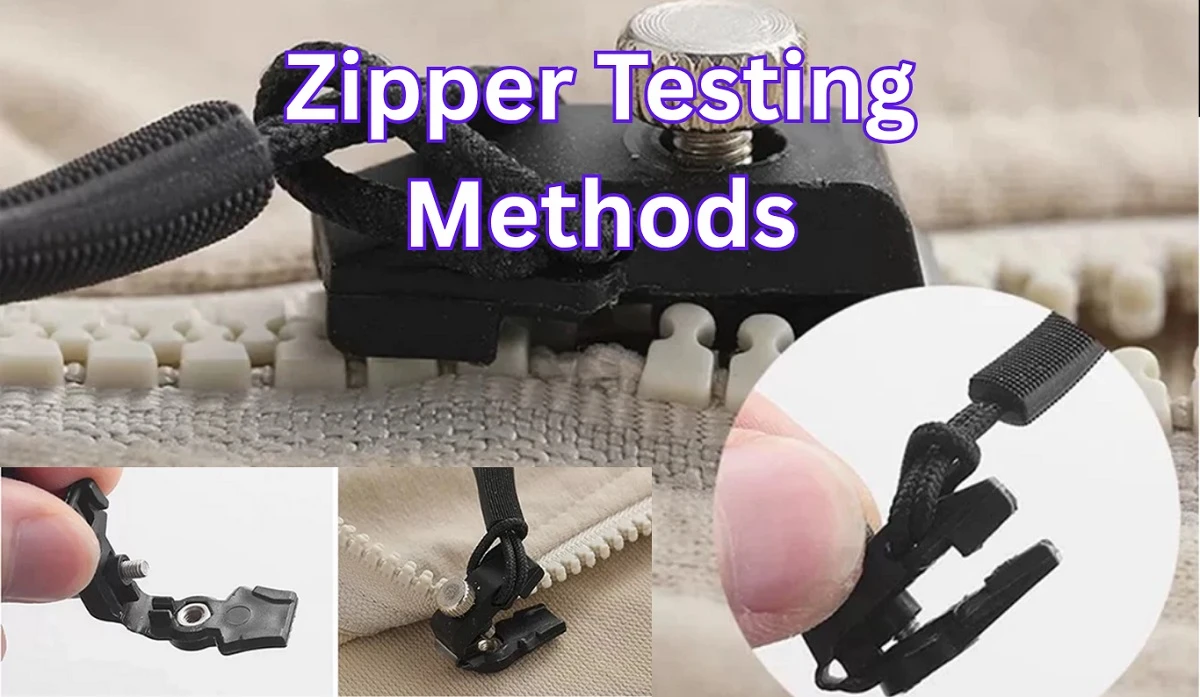


Comments - 00
Leave A Reply
Thanks for choosing to leave a comment.